Winning the One vs One Battles as a Goalkeeper
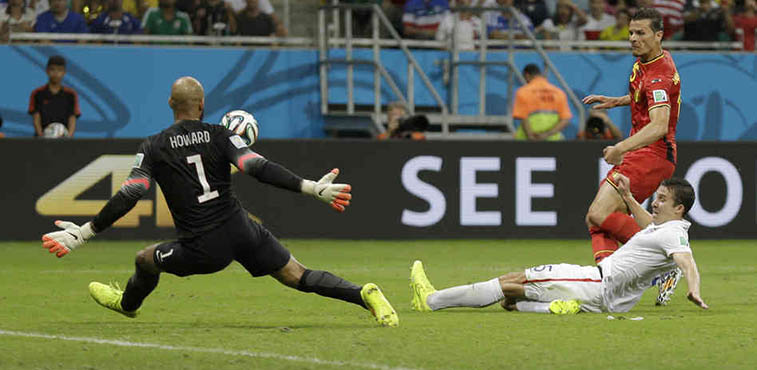
A common question we get asked here at Keeper Portal is ‘How can I get better at saving one vs ones or breakaways’. Much like a penalty, the 1 on 1 is a situation when the attacking player is expected to score. Any save made in these situations are a great save and a big boost for the goalkeeper and the goalkeepers team.
Unlike the penalty though, these situations are not just about luck, guessing or reading the striker, there is a lot more skill and tactics involved in it than that!
It’s about making the attacking player think on how to beat the goalkeeper, not the goalkeeper ‘Showing’ him how to beat him, if the goalkeeper makes the attacking player think, he has a lot better chance of making a save.
Positioning
If coming to shut down the space, get close to the ball as quick as possible and set, before ‘Fronting up’ (get close to) the attacker. The goalkeeper will need to ‘Front up’ the attacker earlier if approaching from a central position than from an angle, as the attacker will already see less of the goal from an angled position. Also, to add before this, if there is pressure on the attacker on the ball from defenders, stay in your goal, it’s not a 1v1! You will need this reaction time to make a save (see our article on ‘Avoiding the Dead Zone’ here).
Changing your Stance
As the goalkeeper gets closer to the attacking player, he progressively adopts a lower ‘Set position’ so that by the time he meets the attacking player, the goalkeeper’s knees are bent to 45degrees, on balls of feet, body weight slightly forward with hands wide of the legs with palms facing the ball. This presents a big barrier for the attacker to beat.
Transferring the Pressure – Make the Attacker Make a Decision
The Goalkeeper then waits for the attacker to make the next move, if he keeps the ball under close control, the goalkeeper stays in his set position and ‘Jockeys’ the attacker, showing him wide of the goal (so that he has less of a target to hit). This also gives time for defenders to recover to the goal-line in case the attacker beats the goalkeeper.
If the Attacker Tries to Dribble Round you
If the attacker tries to dribble round the goalkeeper, the goalkeeper waits for them to have a bad touch (out of strikers control) or get too close to the goalkeeper who then dives to try and smother the ball (Hands leading, attacking the ball, trying to get hands on the ball as soon as possible. If ball is slight to Goalkeepers right dive on right hand side, on goalkeepers left to the left).
Blocking
If the attacker goes to shoot and Goalkeeper is close enough, the goalkeeper would try and block the ball by staying in his ‘Set position’ shape and throwing his body at the ball, keeping his feet as close to the ground as possible and legs shoulder width so that the ball cannot go through. Hand’s remain wide of body to present big barrier.
You can also drop the legs into ‘long barrier’ or ‘K leg’ position to make it a futsal style (think De Gea or Reina) style block. This is the most effective as you remain on your feet (so you can react/reposition for another save), don’t leave a gap between the legs (especially useful from an angle when a striker doesn’t have much goal to hit, they may try and play through legs).
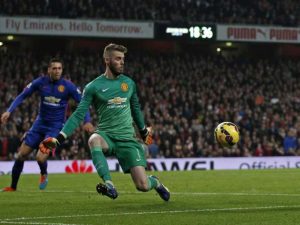 Other blocking shapes that may be used are ‘Star’ (Think Peter/Kasper Schmeichel) or the ‘Teddy Bear’ (Think Joe Hart), but be aware these are harder to recover to your feet and make 2nd saves.
Other blocking shapes that may be used are ‘Star’ (Think Peter/Kasper Schmeichel) or the ‘Teddy Bear’ (Think Joe Hart), but be aware these are harder to recover to your feet and make 2nd saves.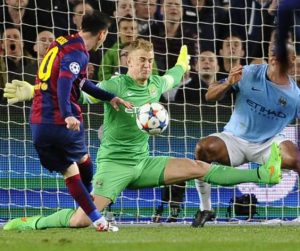
Blocking should only be used if within 4yards of the ball as a rough guide. Otherwise try to react or read/anticipate the striker (if experience enough). Which leads to the next section.
Reacting/Anticipate a finish
If the attacker tries to ‘place’ the ball past the goalkeeper (Or shoot early), the goalkeeper is already in a good ‘Set Position’ with hands wide of his legs, so has a chance to react with his hands and save using a ‘Collapsing Dive’ or save with feet (or any other body part!). This can be done if attacker is roughly more than 4 yards away. With enough experience, a goalkeeper might be able to anticipate a finish but should not ‘sell’ themselves too early. Be ready to go but don’t move until the ball is struck. Going to early might give the attacker a chance to finish another way.
Recovery Saves/2nd Saves
If the goalkeeper does not hold the ball making any of these types of saves, if the ball cannot be ‘Smothered’ at the second attempt they should recover their position to make a second save if needed, remembering your job is to defend the goal and not go chasing after attackers once you have pushed the danger wide.
Let us know how you get on putting it into practice, or if you have any of your own techniques – either in the comments below or on social media!


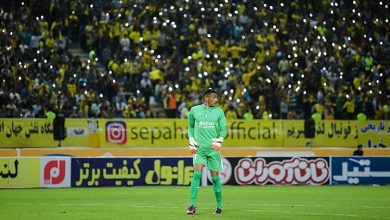
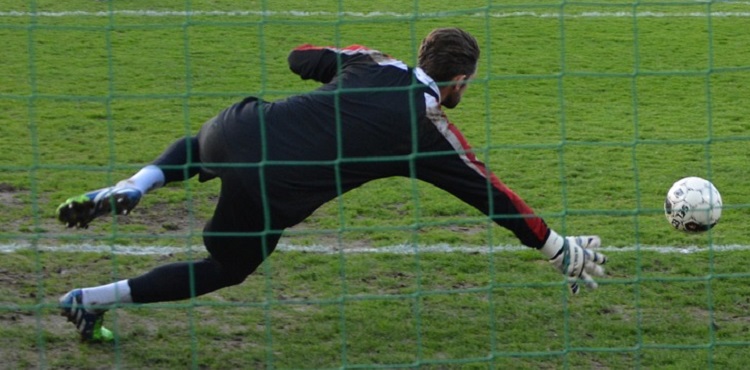
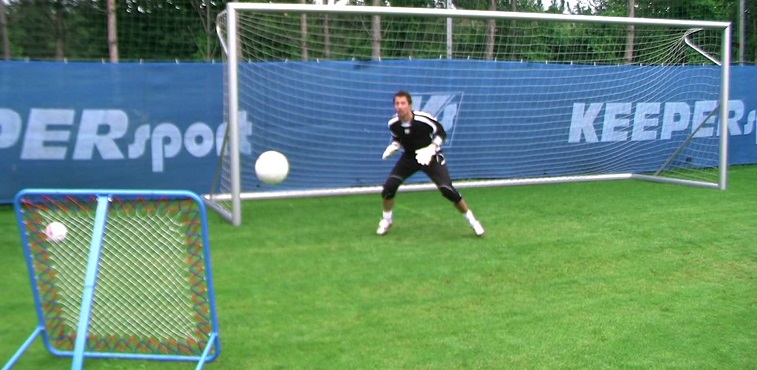
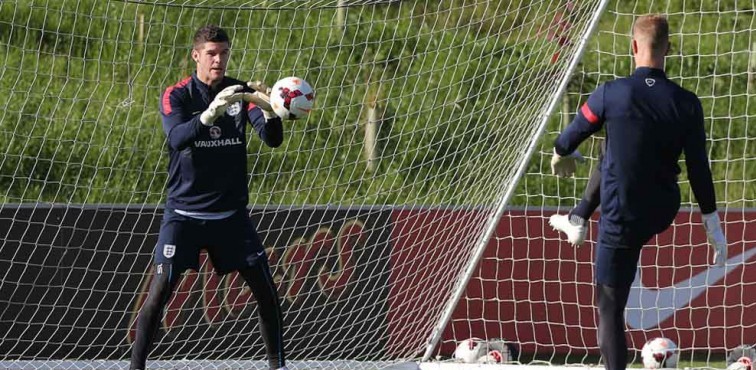
Intelligent goalkeepers/teams do not employ a “1 v 1” tactic. Once you understand that it is a small group/team tactic, rather than an individual one, your chances of a successful outcome will greatly increase.